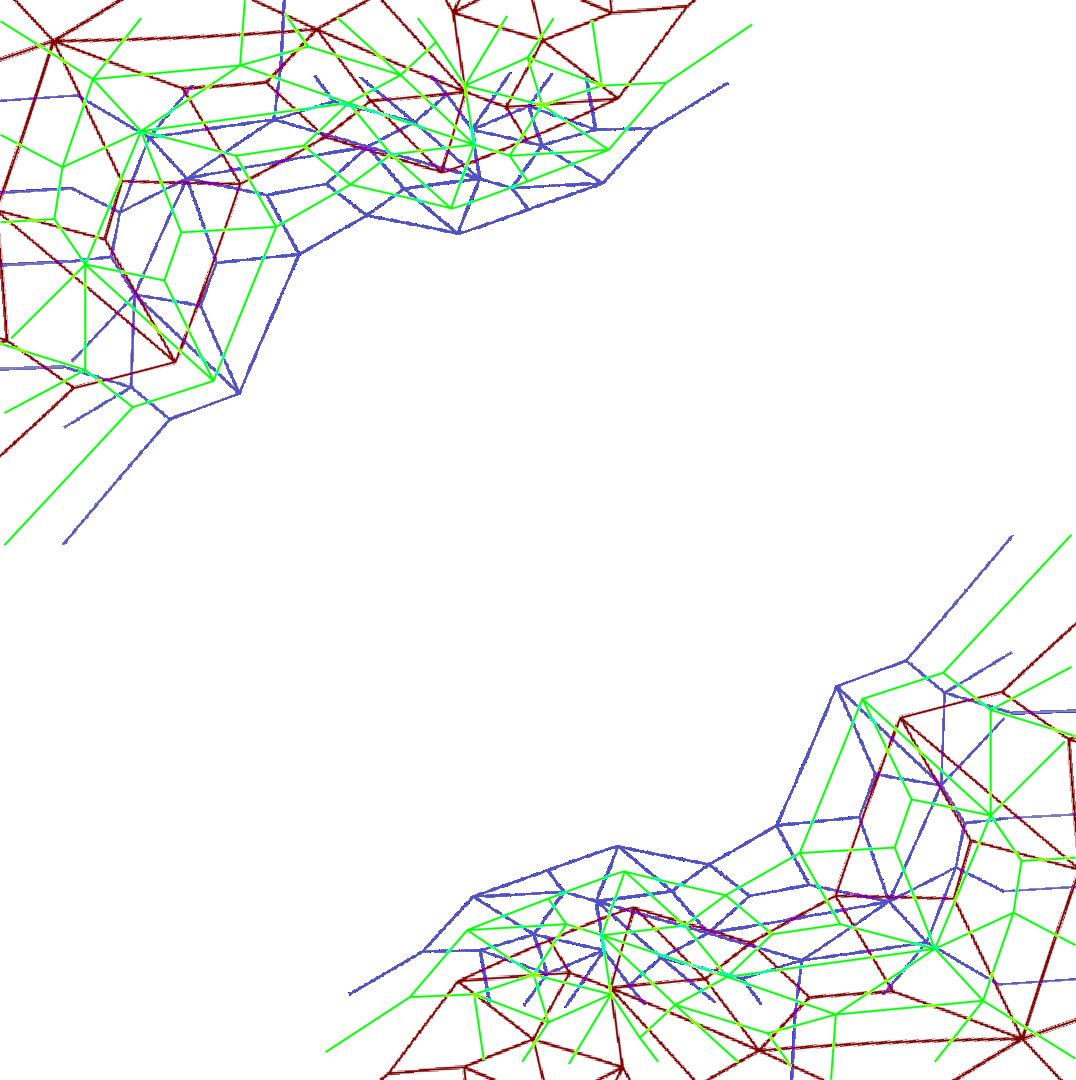
Published on Advanced Functional Materials (17 February 2021)
Author(s): Lingli Huang, Tiefeng Yang, Lok Wing Wong, Fangyuan Zheng, Xin Chen, Ka Hei Lai, Haijun Liu, Quoc Huy Thi, Dong Shen, Chun‐Sing Lee, Qingming Deng*, Jiong Zhao*, Thuc Hue Ly*
Abstract
Despite the van der Waals (vdW) surfaces are usually chemically inert, un‐destructive, scalable, and reversible redox reactions are introduced on the vdW surfaces of 2D anisotropic semiconductors ReX2 (X = S or Se) facilitated by simple photochemistry. Ultraviolet (UV) light (with humid) and laser exposure can reversibly oxidize and reduce rhenium disulfide (ReS2) and rhenium diselenide (ReSe2), respectively, yielding a pronounced doping effect with good control. Evidenced by Raman spectroscopy, dynamic force microscopy, transmission electron microscopy, and X‐ray photoelectron spectroscopy, the grafting and removal of covalently functionalized oxygen groups on the perfect vdW surfaces are confirmed. The optical and electrical properties can be thereby reversibly tunable in wide ranges. Such optical direct‐writing and rewritable capability via solvent/contaminant‐free approach for chemical doping are compelling in the coming era of 2D materials.

Read more: https://doi.org/10.1002/adfm.202009166
